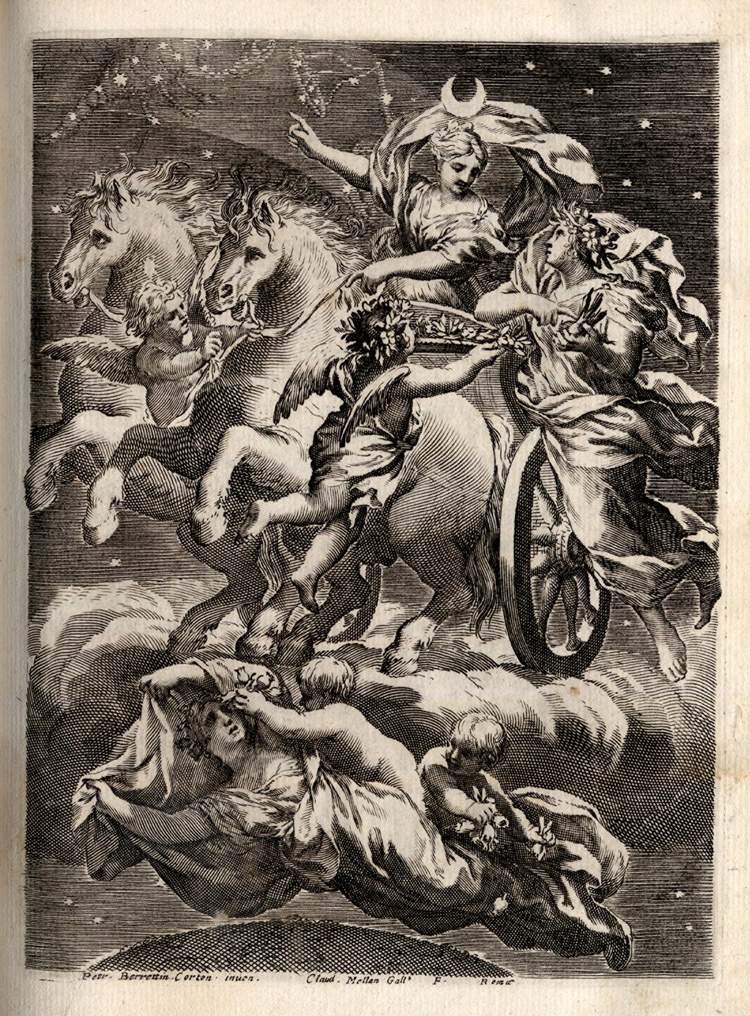In Siena, on the premises of the “Giuliano Briganti” Library in the Santa Maria della Scala complex, an exhibition dedicated precisely to Giuliano Briganti (Rome, 1918 - 1992), whose birth centenary falls this year, is scheduled from October 8 to December 13, 2018. Entitled Dalla maniera alla veduta. The path of a life and intends to explore, through books, photographs and engravings, the topics of interest in the activity of the great art historian. Visitors will be able to admire his autograph studies, ancient books that belonged to him (such as Giorgio Vasari ’s Lives of 1568, Giovan Pietro Bellori’s Lives in the 1728 edition, Marco Lastri’sEtruria Pittrice of 1791-95), two ancient optical instruments (the Claude mirror and the portable camera obscura, on loan from the Museum of the Means of Communication in Arezzo) and much more.
Delving into Briganti’s rich bibliography, one can see that even at a very young age, the great scholar was already clear about his path. Thanks to the suggestions of his friend and mentor Carlo Ludovico Ragghianti, and actively supported by Roberto Longhi, Giuliano Briganti undertook the study of the painter Pellegrino Tibaldi and Mannerism as the subject for his dissertation, which was discussed on June 22, 1940. The same year he published an initial paper on Vanvitelli and shortly after on Italian painters of the seventeenth century, leading to his first book Il Manierismo e Pellegrino Tibaldi (1945), Barocco strana parola (1950) and the exhibition catalog I Bamboccianti. Painters of Popular Life in the Seventeenth Century (Rome, 1950). Throughout the sixth decade of the twentieth century, Briganti addressed the themes Dalla maniera alla veduta, also dwelling at length on the Bamboccianti current, which, together with the art of Pietro da Cortona and followers, would make on multiple aspects of the so-called “Baroque” figurative trend. For almost two decades Briganti followed an intimate thread of studies, which would lead him to the publication of full-bodied volumes: La Maniera Italiana (1961), Pietro da Cortona o della pittura Barocca (1962), Gaspar van Wittel e l’origine della veduta settecentesca (1966), I vedutisti (1969), I Bamboccianti. Pittori della vita quotidiana a Roma nel Seicento (1983), the latter in collaboration with Laura Laureati and Ludovica Trezzani. Books all part of the exhibition itinerary and still milestones for the study of that period of art history spanning three centuries of production.
In each of Briganti’s writings, his personality emerges clearly: from his linguistic mastery to his historical mastery, from his qualities as a connoisseur to his more intimately introspective ones. Briganti’s History of Art is the history of artists as leading actors in cultural periods, in which the events of Italy and Europe are intertwined. The occasion of the Centenary of his birth thus allows the emergence of a collective heritage of considerable interest with which the visitor will also be able to interact directly, having the rare opportunity to leaf through, accompanied by the staff of the Library and Photo Library, some precious volumes and rare old photographs.
Image: Claud Mellan da Pietro da Cortona, Flora and Luna, in Giovanni Battista Ferrari, Flora, Ovvero Cultura Di Fiori (1638; Siena, Biblioteca Giuliano Briganti)
 |
| An exhibition in Siena devoted entirely to Giuliano Briganti and his scholarly work |
Warning: the translation into English of the original Italian article was created using automatic tools. We undertake to review all articles, but we do not guarantee the total absence of inaccuracies in the translation due to the program. You can find the original by clicking on the ITA button. If you find any mistake,please contact us.